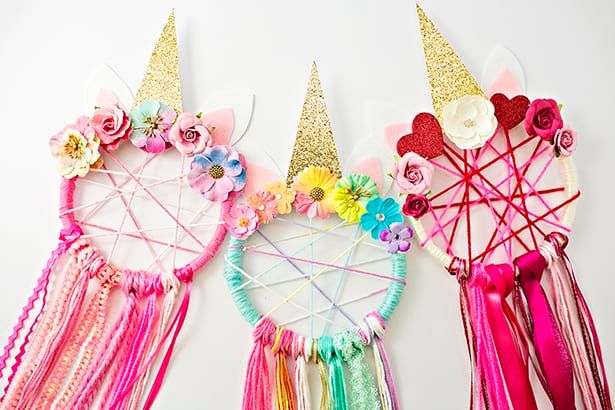Diy - Do It Yourself.
Feb 04, 2019 • 5 views
Doing something yourself is accomplishing something on your own without the help of a professional. It can be to modify or repair something. People have started to DIY because of today’s economy or to add a touch of their own style to the item. DIY has been linked to start in the 1910s. There are different types of DIY: Music, Craft, and Fashion.
The term “do it yourself” can be linked to the consumers since 1912. At this time they would do home improvements and maintaining their homes. In the 1950s the term “do it yourself” came to common use in the English language. By this time more people started to work on projects at home. Doing your own things started to become a trend. People would take home improvement projects such as small crafting and construction projects to save money and to have recreational time at home.
The term "do-it-yourself" has been associated with consumers since at least 1912 primarily in the domain of home improvement and maintenance activities.The phrase "do it yourself" had come into common usage (in standard English) by the 1950s,in reference to the emergence of a trend of people undertakinghome improvementand various other small craft and construction projects as both a creative-recreational and cost-saving activity.

DIY as a subculture could be said to have begun with thepunk movementof the 1970s.Instead of traditional means of bands reaching their audiences through large music labels, bands began recording, manufacturing albums and merchandise, booking their own tours, and creating opportunities for smaller bands to get wider recognition and gain cult status through repetitive low-cost DIY touring.
The burgeoningzine movement took up coverage of and promotion of theunderground punk scenes, and significantly altered the way fans interacted with musicians. Zines quickly branched off from being hand-made music magazines to become more personal; they quickly became one of the youth culture's gateways toDIY culture. This led to tutorial zines showing others how to make their own shirts, posters, zines, books, food, etc.
Rather than belittling or showing disdain for those who engage in manual labor or skilled crafts, DIY champions the average individual seeking such knowledge and expertise. Central to the ethic is the empowerment of individuals and communities, encouraging the employment of alternative approaches when faced with bureaucratic or societal obstacles to achieving their objectives.
